Researchers at the University of Würzburg have developed a method that can improve the performance of quantum resistance standards. It’s based on a quantum phenomenon called Quantum Anomalous Hall effect.
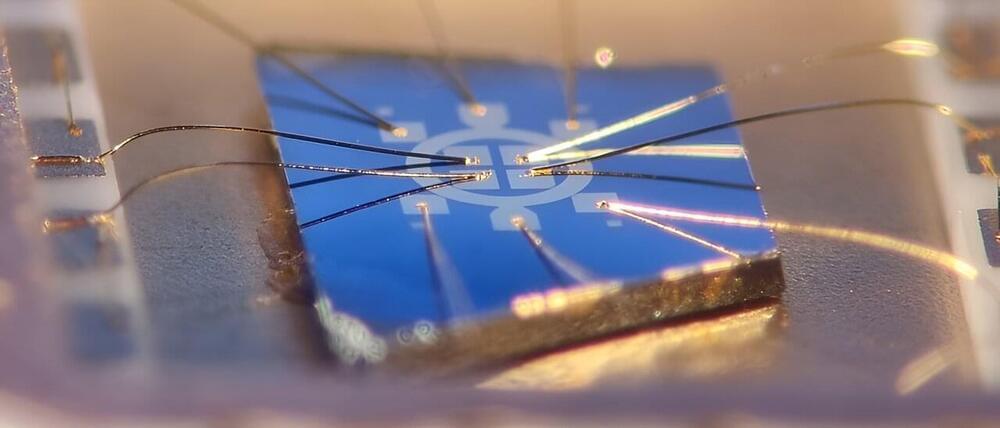

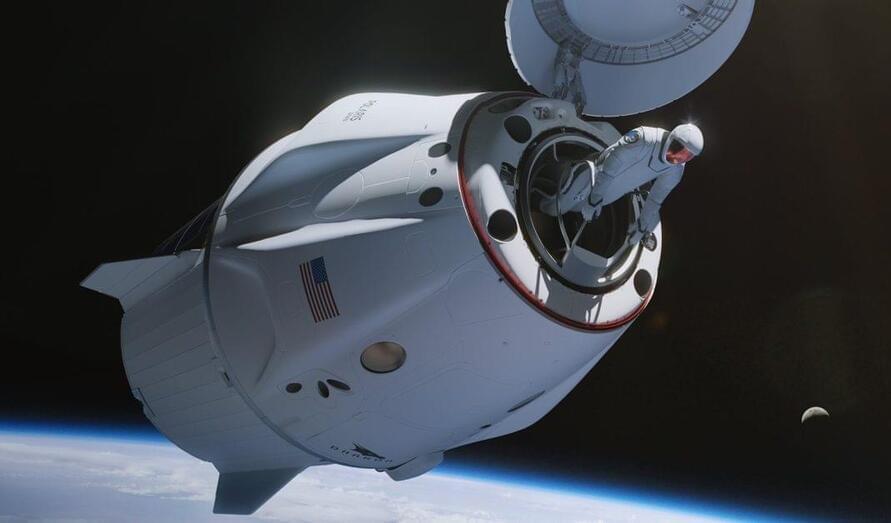
Things are slowly falling into place for the Polaris Program’s first mission, Polaris Dawn. The mission is nearing milestones that might finally give it a launch date that will actually hold.
Polaris Dawn, a private mission being paid for by Shift4 CEO Jared Issacman, who also paid for and flew on Inspiration4 in 2021. The goal of the mission is to fly higher than any human spaceflight since Apollo, perform the first private spacewalk, and conduct numerous science experiments in orbit.
Like Inspiration4, Polaris is partnering with SpaceX to complete this. Currently, SpaceX is the only company capable of this sort of feat. To do so, the company has modified its Dragon spacecraft to support spacewalk operations and develop an upgraded spacesuit to be used in the vacuum of space.

Tesla is the latest major company to lay off employees.
The company is eliminating “more than 10%” of staff globally, according to an internal memo sent by Elon Musk on Sunday, which was seen by Business Insider. The layoffs have come shortly after the carmaker posted lackluster delivery numbers.
Musk wrote in the email: “There is nothing I hate more, but it must be done. This will enable us to be lean, innovative and hungry for the next growth cycle.”
\r The most recent piece of news on this front comes from American space agency NASA, which announced last week that it is getting ready to launch a new kind of solar sail that may revolutionize such technologies.
\r.
\rYou see, one of the trickiest parts of making a solar sail is not the sail surface itself but the booms that are used to deploy them. That’s because solar sails are meant to extend after the ship reaches space.

Follow us on X for news, fascinating articles, and discussions with other followers: https://shorturl.at/imHY9
Why is there a world, a cosmos, something, anything instead of absolutely nothing at all? If nothing existed, there would be, well, ‘nothing’ to explain. To have anything existing demands some kind of explanation. Of all the big questions, this is the biggest. Why anything? Why not nothing? What can we learn from the absence of nothing?
Free access to Closer to Truth’s library of 5,000 videos: http://bit.ly/376lkKN
Martin John Rees, Baron Rees of Ludlow is a British cosmologist and astrophysicist. He has been Astronomer Royal since 1995 and Master of Trinity College, Cambridge from 2004 to 2012. He was President of the Royal Society between 2005 and 2010.
Watch more videos on the mystery of existence: https://shorturl.at/dvxAN
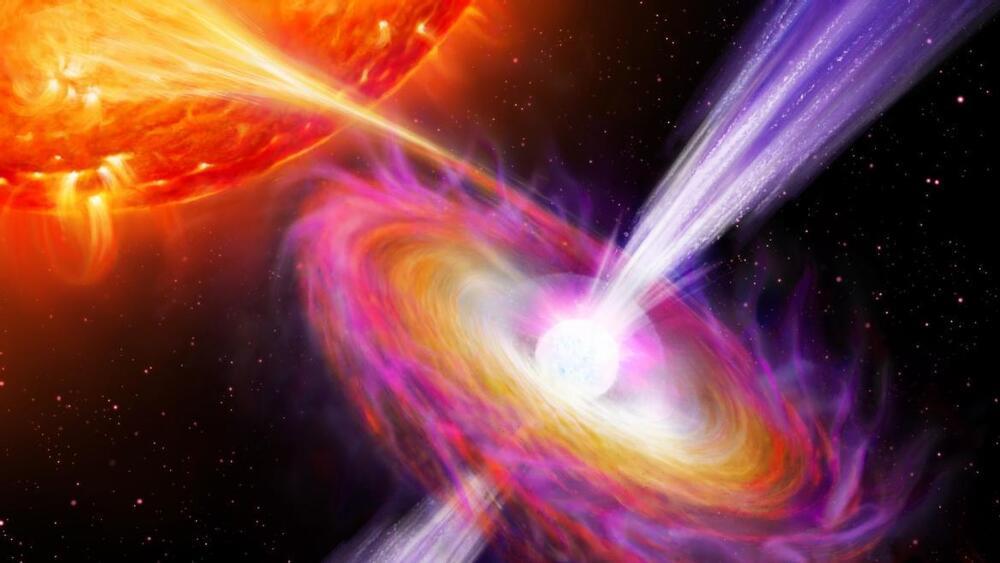
For the first time, astronomers have measured the speed of fast-moving jets in space, crucial to star formation and the distribution of elements needed for life.
The jets of matter, expelled by stars deemed ‘cosmic cannibals’, were measured to travel at over one-third of the speed of light — thanks to a groundbreaking new experiment published in Nature today.
The study sheds new light on these violent processes, making clever use of runaway nuclear explosions on the surface of stars.
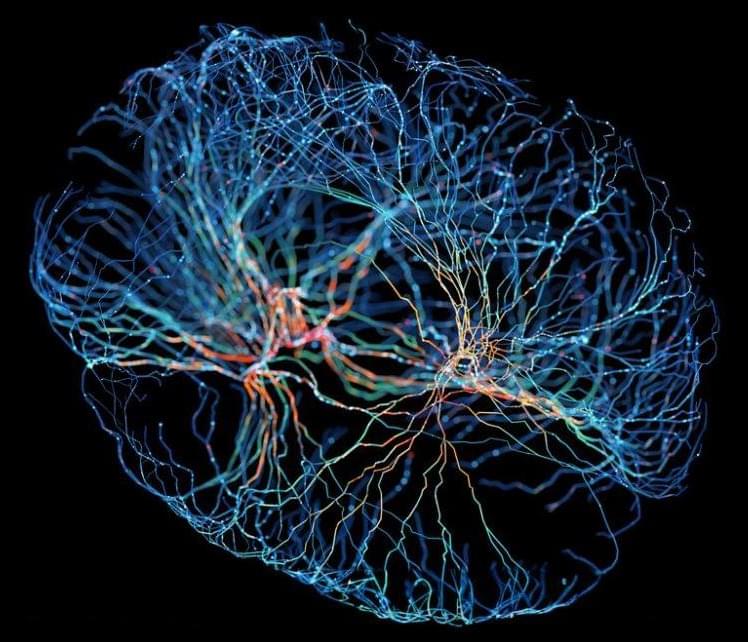
Neuroscientists have established in recent decades the idea that some of each day’s experiences are converted by the brain into permanent memories during sleep the same night. Now, a new study proposes a mechanism that determines which memories are tagged as Important enough to linger in the brain until sleep makes them permanent.
Led by researchers from NYU Grossman School of Medicine, the study revolves around brain cells called neurons that “fire” – or bring about swings in the balance of their positive and negative charges — to transmit electrical signals that encode memories. Large groups of neurons in the hippocampus fire together in rhythmic cycles, creating sequences of signals within milliseconds of each other that can encode complex information.
Called “sharp wave-ripples,” these “shouts” to the rest of the brain represent the near-simultaneous firing of 15 percent of hippocampal neurons, and are named for the shape they take when their activity is captured by electrodes and recorded on a graph.
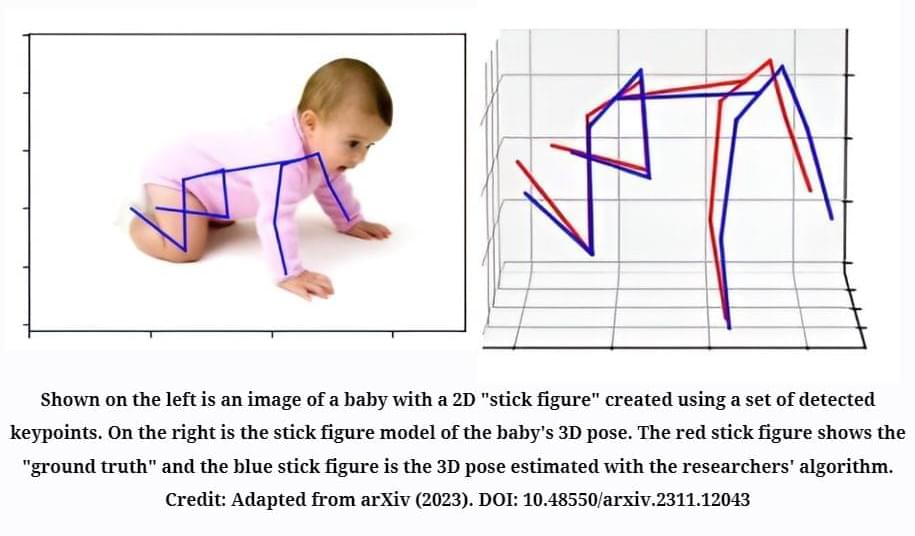
Artificial intelligence excels at sorting through information and detecting patterns or trends. But these machine learning algorithms need to be trained with large amounts of data first.
As researchers explore potential applications for AI, they have found scenarios where AI could be really useful—such as analyzing X-ray image data to look for evidence of rare conditions or detecting a rare fish species caught on a commercial fishing boat—but there’s not enough data to accurately train the algorithms.
Jenq-Neng Hwang, University of Washington professor of electrical and computer and engineering, specializes in these issues. For example, Hwang and his team developed a method that teaches AI to monitor how many distinct poses a baby can achieve throughout the day. There are limited training datasets of babies, which meant the researchers had to create a unique pipeline to make their algorithm accurate and useful.

Budapest, Hungary — Twice daily intranasal oxytocin has been associated with improved social functioning, quality of life, and overall symptoms in adults with autism spectrum disorder (ASD), results of a small randomized control trial showed.
“One of the challenges for adults with autism is experiencing poor social interactions and difficulties in making friends. Insufficient social support from peers, friends, and family members can contribute to loneliness in adolescents with ASD, which in turn leads to anxiety, sadness, and social isolation,” said study investigator Saba Faraji Niri, MD, assistant professor of psychiatry, Tehran University of Medical Sciences in Iran.
Recent US data show is relatively common. In addition, previous research suggests intranasal oxytocin significantly increases activity in brain regions that play a role in establishing social interactions.